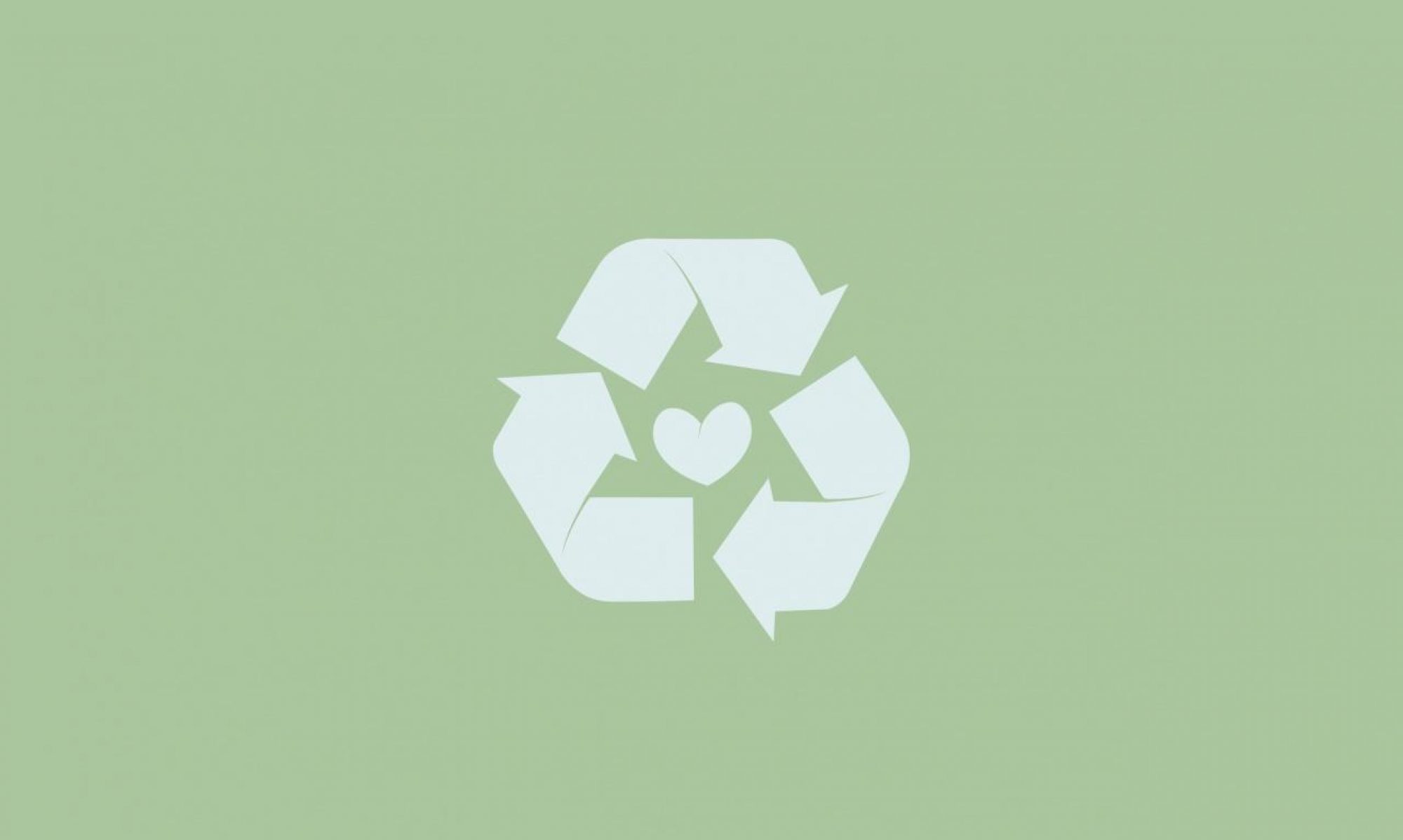This week, I helped wire 16 inductive sensors and some of the 6 capacitive sensors we used to measure the voltage and current of, in order to ensure the output voltage was within the limit for each GPIO pin on the Jetson Xavier (3.3V). I also met with Jessica to connect the motor and motor driver to the Jetson Xavier and test it, but it didn’t end up working. I also helped connect the sensors to the Jetson Xavier and confirm that the output from the Xavier was what was expected (we confirmed that the voltages were within the 3.3V maximum and that the GPIO pin read “HIGH” when an object wasn’t touching each sensor, and read “LOW” when an object was touching a sensor).
My progress is slightly behind because I’ll be training the model on AWS on Sunday. However, if this ends up taking a lot of time, I may train it on the Jetson Xavier instead. I will be putting in more time to get this working.
I hope to finish training the model for the image classifier, and start writing the code for background subtraction and object detection.


